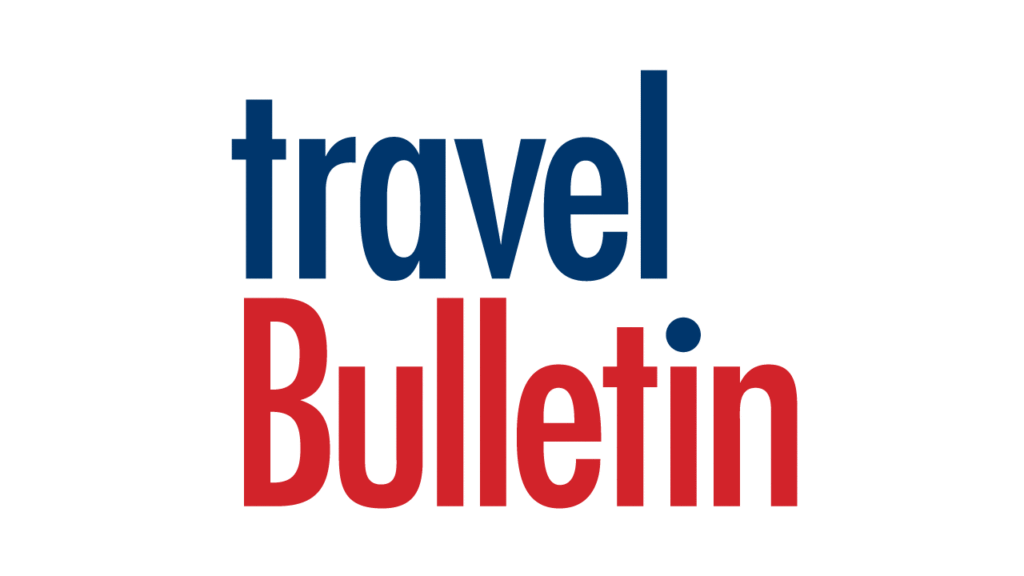Issues & Trends – June 2012
Australia bucks the trend as Asia Pacific business travel slows, fares flatten
AFTER growing strongly in 2011, Asia pacific business travel is likely to stabilise in coming months, according to the latest research from American Express.
At the same time, the regular fare tracking undertaken by American Express shows that Asia Pacific airfare rises slowed significantly in the three months to March 31.
But Australia bucked the trend with significant increases in both domestic and trans-Pacific fares, according to American Express.
The 2012 American Express/CFO Research Global Business and Spending Monitor showed less than one third of senior finance executives at some of the largest companies in the region expect to spend more on business travel this year.
And only a small proportion of them, just 5 per cent, plan significant increases of 10 per cent or more. “Spending for business travel has, in previous years, been higher,” American Express pointed out in a statement accompanying the release of the research.
Meanwhile the company’s quarterly Business Travel Monitor for the three months to March 31 reported that domestic air fares across Asia-Pacific rose one per cent quarter on quarter; fares to the EMEA region (Europe, Middle East and Africa) fell one per cent; intra-Asia fares remained flat and fares to the Americas rose two per cent (driven by hefty increases in Australia-US fares).
In Australia domestic fares increased three per cent quarter on quarter and a significant 14 per cent year on year according to the monitor which tracks a constant set of round trip airfares for more than 370 city pairs originating in the Asia Pacific region and including destinations throughout the world.
City pairs are weighted according to usage patterns by business travellers (as per the American Express business travel database). A high demand city pair such as Melbourne-Sydney will have a higher weighting than Perth-Sydney.
Fares are grouped in four types –full business; discounted business; full economy; and discounted economy. The average of the published fares is intended to provide a guideline of published fare trends.
Head of American Express advisory services for Asia Pacific, Dr Carl Jones, said continued instability in Europe, slowing growth rates in specific markets within Asia and a slight uplift in the US economy have driven fare trends in the March quarter.
“Companies in Asia Pacific are still shying away from doing business in Europe so airfares to this region continue to fall,” he said.
He noted that the increase in fares to the Americas recorded by the monitor in the March quarter is the first quarter on quarter increase in the last six months.
“This is largely due to certain carriers – specifically in Australia – increasing prices in response to the recent positive performance in the US,” he said.
Indeed, he identified “the most note-worthy trend” in the March quarter as a 12 per cent increase in air fares both year on year and quarter on quarter to the Americas from Australia.
“The significant increase in prices from Australia to the Americas has had an overall impact on regional fares to the US,” he said.
“Carriers have taken advantage of the slight uplift in the US economy – recognising the opportunity for invigorated travel to the region. This is why we have seen an increase across all fare categories to the region.”






